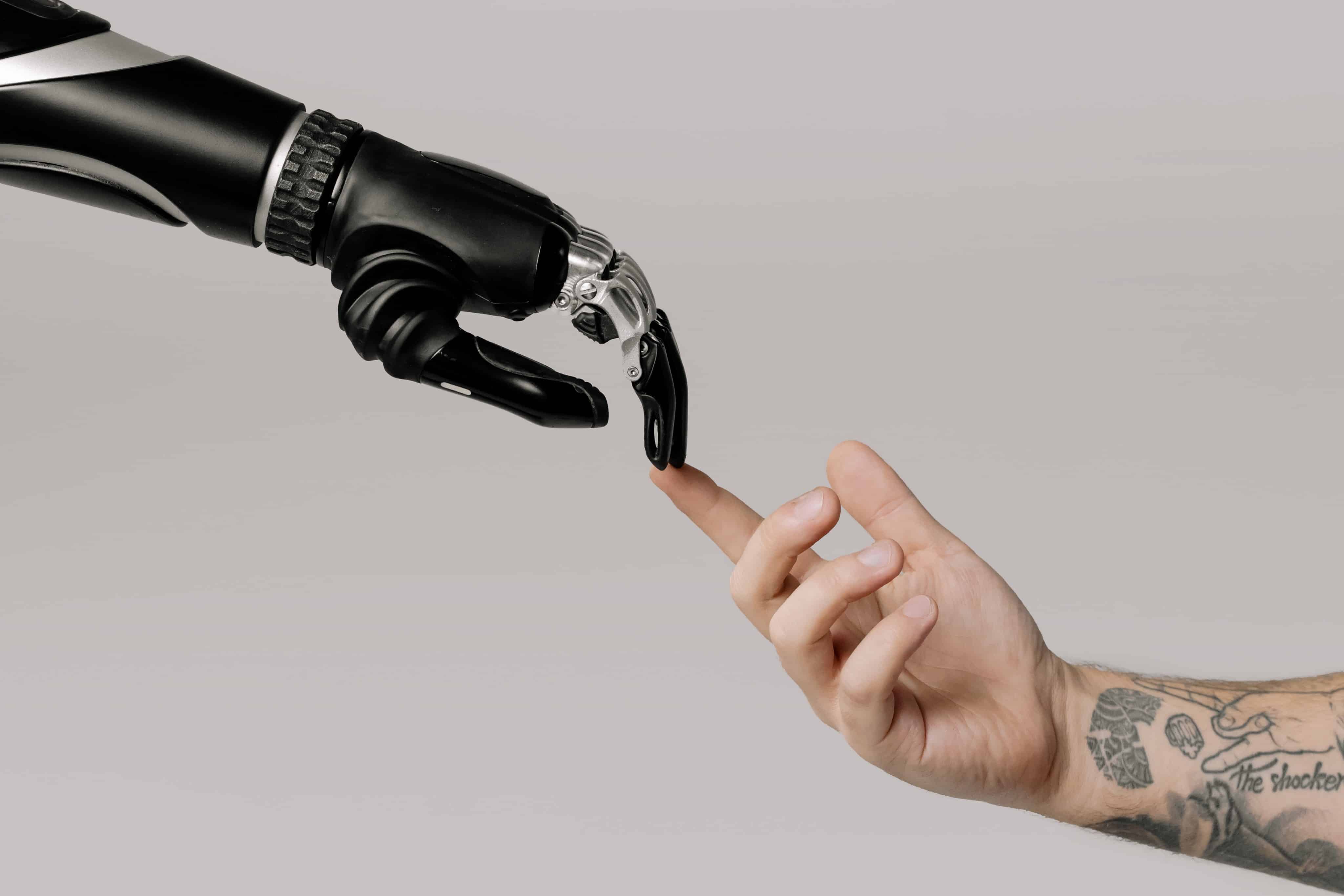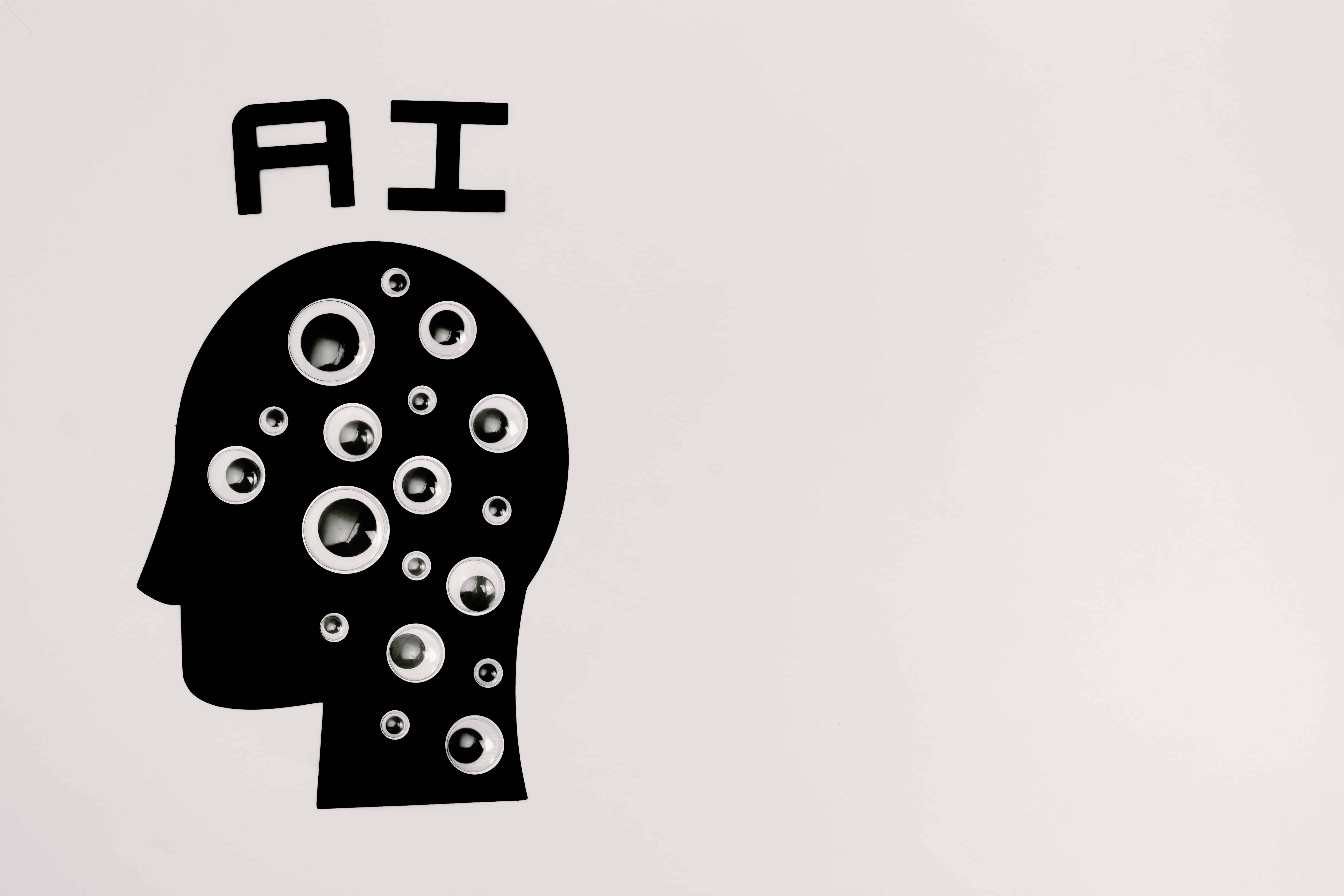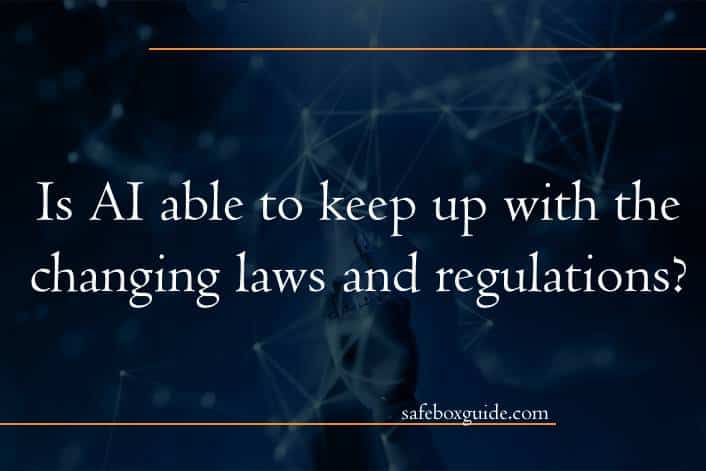As the world becomes increasingly reliant on artificial intelligence (AI) to drive innovation and efficiency, there is a pressing need to examine whether this rapidly evolving technology can keep up with the ever-changing landscape of laws and regulations. From self-driving cars to automated customer service agents, AI is becoming integrated into various aspects of our lives. But as it continues to advance at an astonishing rate, questions arise about its ability to navigate legal complexities and adapt to new rules. In this article, we delve into the fascinating intersection of AI and law, exploring whether machine learning algorithms can truly comprehend and comply with the intricacies of human-made regulations.
Contents
The role of AI in modern society
AI has become an indispensable part of modern society, permeating nearly every aspect of our lives. From virtual assistants like Siri and Alexa to self-driving cars and recommendation algorithms, AI technology has made our lives more convenient and efficient. But as AI continues to advance at an unprecedented pace, it is crucial that we consider the role it plays in relation to changing laws and regulations.
In many ways, AI has outpaced the legal frameworks that govern its use. As technology evolves, new possibilities and challenges arise that may not have been foreseen by existing legislation. For example, autonomous vehicles present complex ethical and legal questions regarding liability in the event of accidents. The lack of specific regulations surrounding these issues can create ambiguity and uncertainty around accountability.
Another significant challenge faced by lawmakers is ensuring fairness and preventing discrimination when it comes to algorithmic decision-making processes. AI systems are increasingly being used in areas such as hiring practices, credit scoring, and criminal justice sentencing recommendations. However, if these systems are biased or flawed due to improper training data or underlying biases from developers, they can perpetuate unequal treatment or amplify existing societal disparities.
To address these concerns effectively, lawmakers must adapt quickly to the rapid advancement of AI technology. They need to create flexible regulatory frameworks that can keep up with emerging risks while also fostering innovation. Collaboration between policymakers, technologists, ethicists, and other stakeholders becomes paramount for identifying potential pitfalls early on and developing responsible guidelines for developers who create AI systems.

Understanding the complexity of changing laws and regulations
Understanding the complexity of changing laws and regulations is an essential aspect when considering the capabilities of AI in keeping up with them. Laws and regulations are dynamic entities that continuously evolve to accommodate new technologies, societal changes, and political developments. The sheer volume of legal information can be overwhelming for humans, let alone for artificial intelligence systems.
Effective navigation through these complexities involves not only analyzing current laws but also monitoring proposed changes, updates, and court rulings. Moreover, different jurisdictions may have their own unique set of laws and regulations that need to be considered. This complexity requires AI systems to have robust algorithms capable of interpreting legal texts accurately and comprehensively while also integrating contextual factors like previous case precedents or international standards.
Furthermore, it is crucial to acknowledge that laws and regulations are sometimes ambiguous or contradictory. Legal cases often involve interpretations from multiple parties that could further contribute to uncertainty. Even experienced human lawyers can differ on the interpretation of certain legal provisions due to various factors such as personal bias or different cultural backgrounds. Therefore, building an AI system capable of understanding these subtle nuances is a considerable challenge. Such a system would need advanced natural language processing capabilities coupled with deep-learning algorithms capable of recognizing patterns from vast amounts of data.
The limitations of AI in adapting to legal changes
AI has undoubtedly made significant strides in various industries, but when it comes to adapting to legal changes, it falls short. The inherent limitation of AI is its inability to understand the complexity and nuance involved in legal interpretation. While AI algorithms can quickly analyze vast amounts of data and extract patterns, they lack the deep understanding of context that human lawyers possess. Legal changes often require a thoughtful analysis of legislative intent, court precedent, and societal implications – something that AI struggles to comprehend.
Moreover, laws are not static; they constantly evolve to address emerging issues and reflect changing societal values. This dynamic nature poses a challenge for AI systems that tend to rely on pre-existing datasets or training models. Unlike humans who can grasp the underlying rationale behind legal reforms and adapt their reasoning accordingly, AI struggles with keeping up with these updates. As a result, using AI as the primary tool for legal decision-making may lead to outdated or incorrect interpretations of law – potentially undermining justice in critical cases that demand accurate analysis and strategic thinking.
To overcome these limitations, collaboration between human lawyers and AI technologies is crucial. Human lawyers can leverage the speed and efficiency of AI algorithms for routine tasks such as document review or contract analysis while providing their expertise in complex legal matters requiring judgment calls or ethical considerations. By harnessing this partnership effectively, law firms can maximize the potential benefits of AI technology while ensuring adherence to legal ethics and maintaining the integrity of our justice system.

The potential risks and challenges of relying on AI
One of the potential risks and challenges of relying on AI is the issue of bias. While AI technologies are designed to be objective, they learn from existing data which can contain inherent biases. This means that if biased data is used to train an AI system, it can perpetuate and even amplify those biases in its decision-making. This poses a significant challenge when it comes to ensuring fairness and equal treatment in areas such as hiring processes or criminal justice systems. Moreover, as laws and regulations evolve to address these biases, there is a constant need for ongoing monitoring and retraining of AI systems to ensure compliance.
Another challenge lies in the transparency and interpretability of AI algorithms. As complex computational models, many AI algorithms lack transparency in how they arrive at their decisions or predictions. This makes it difficult for individuals impacted by an AI system’s decision to understand why a certain outcome was reached or contest a decision that may seem unjust or unfair. In fields like healthcare where human lives are at stake, this lack of interpretability can lead to concerns about accountability and liability.
Furthermore, the rapid advancement of technology creates another risk: potential obsolescence. Laws and regulations are constantly evolving as society adapts to new challenges and advancements. However, if an organization heavily relies on AI systems that are not easily adaptable or updatable, they may struggle to keep up with changing laws and regulations effectively. This could result in non-compliance issues or an inability to meet shifting requirements.
Current efforts to improve AI’s ability to keep up with regulations
One of the biggest challenges facing AI today is its ability to keep up with ever-changing laws and regulations. As technology continues to advance at a rapid pace, new legal frameworks are being created to ensure ethical use and protect against potential harm caused by AI systems. Efforts are currently underway to improve AI’s understanding of these regulations and enable it to adapt accordingly.
To address this issue, researchers and developers are exploring various approaches such as natural language processing and machine learning techniques to train AI systems on regulatory texts. By analyzing vast amounts of legal documents, these systems can learn to understand complex regulations and identify key compliance requirements. This not only helps organizations in ensuring their adherence but also allows for more efficient decision making by automating compliance processes that would otherwise be time-consuming for humans.
Furthermore, collaborations between regulatory bodies and tech companies are taking place to develop industry standards for AI compliance. These partnerships aim to create a framework that promotes transparency, fairness, and accountability in the development and deployment of AI technologies. By working together, regulators can gain insights into the capabilities and limitations of AI systems while also providing guidance on how they should comply with existing regulations.
In conclusion, efforts are being invested in improving AI’s ability to keep up with changing laws and regulations. Through advancements in natural language processing, machine learning techniques, collaborations among stakeholders, we can work towards ensuring that AI is aligned with ethical guidelines while staying updated with the legal landscape. However, it remains an ongoing challenge as laws constantly evolve alongside technological progress.

The importance of human oversight in AI decision-making
However advanced AI technology may be, it is imperative to recognize the importance of human oversight in AI decision-making. While AI can process vast amounts of data quickly and efficiently, it lacks the ability to fully understand and interpret the nuances of complex legal frameworks and changing regulations. Human intervention is necessary to ensure that AI systems do not make decisions that contradict or violate established laws and regulations.
One key reason for human oversight is the dynamic nature of laws and regulations. They are constantly evolving as new legislation is introduced and existing ones are updated or repealed. This means that what might have been a lawful decision yesterday could be considered illegal today. Without human input, AI systems will not be able to adapt quickly enough to these changes, leading to potential legal consequences if they continue making outdated decisions.
Moreover, human oversight provides an essential layer of accountability in conjunction with AI decision-making processes. If an error occurs or a questionable decision is made by an AI system, having humans involved enables a review process where mistakes can be caught early on and rectified. It also allows for transparency in understanding how decisions were arrived at by providing explanations that may be required by regulators or stakeholders.
Conclusion: Striking a balance between AI and human involvement
In the race to adopt artificial intelligence (AI) technologies, there is an ongoing debate about the role of human involvement. While AI has shown immense potential in automating repetitive tasks and analyzing vast amounts of data, it is not without its limitations. It’s crucial to strike a balance between AI and human involvement to ensure that the ever-evolving laws and regulations are adequately followed.
One of the key challenges with relying solely on AI for legal compliance is its inability to interpret complex emotions and nuances that are prevalent in legal matters. The dynamic nature of law requires a deep understanding of human behavior, empathy, and moral reasoning – qualities that are unique to humans. Alongside AI algorithms, human experts can provide invaluable insights into ethical considerations and contextual factors that cannot be accurately captured or understood by machines alone.
Furthermore, laws and regulations themselves are subject to continuous revision as society evolves. These changes require thoughtful interpretation and adaptation, which again calls for human intervention. While automation through AI can certainly streamline processes and improve efficiency in managing legal frameworks, it is essential not to lose sight of the importance of human judgment in interpreting these changes accurately.
Ultimately, integrating AI into legal practice should be viewed as a partnership rather than a competition between man versus machine. By combining the strengths of both humans and AI technology while acknowledging their respective limitations, we can forge a path forward where innovation meets prudence – ensuring compliance with changing laws while embracing the transformative power brought about by artificial intelligence.

